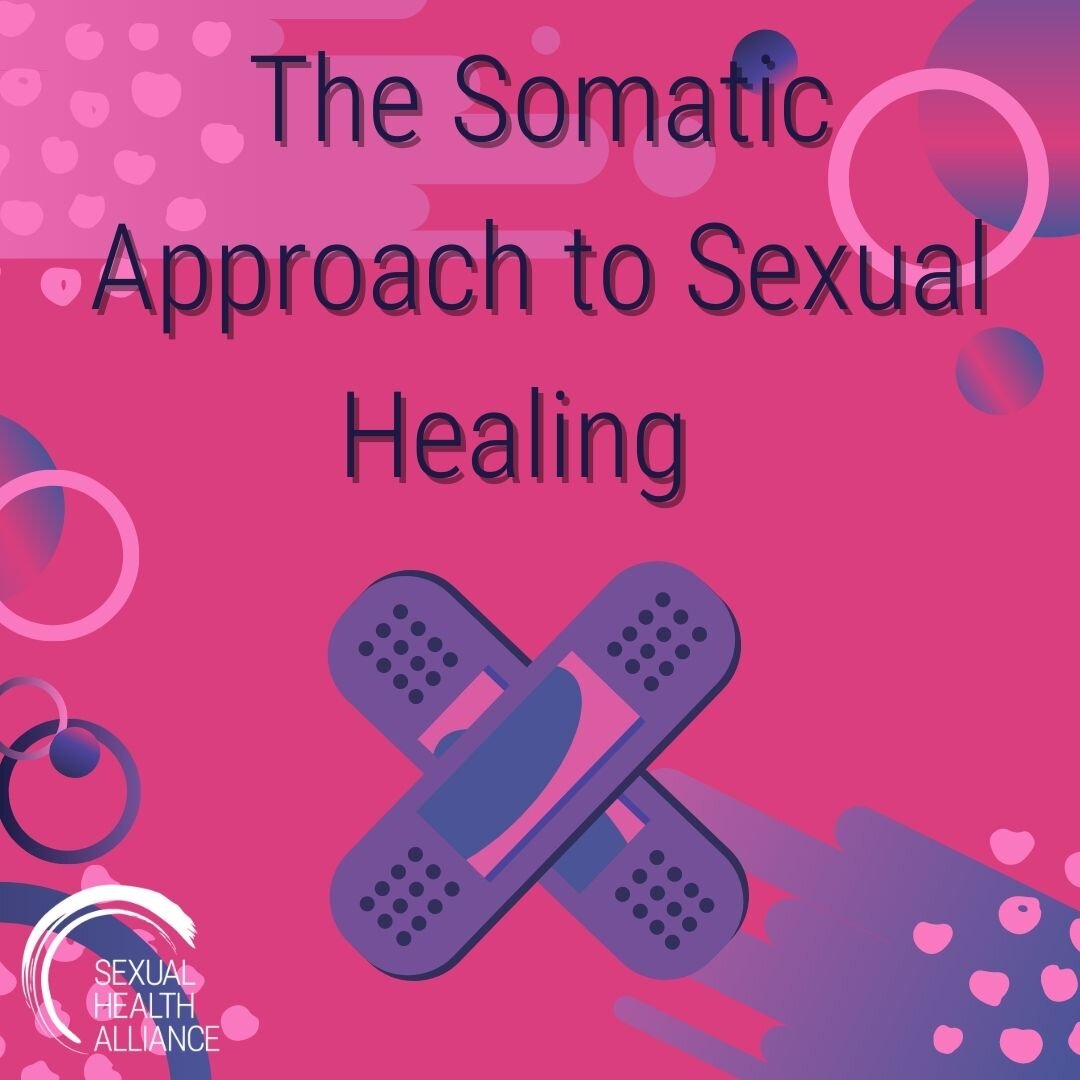Mindfulness and other wellness practices have become pretty mainstream. It seems every day we’re told to slow down, take a breath, savor the moment, and this ideology is ever-present in the world of sexuality. Indeed, emotional sexual healing has many names in our field: Holistic sexuality, sexual embodiment, somatic sexuality, and more, though ultimately all terms point to turning inwards, connecting with the self, and feeling the body for emotional release. As practices such as these spring up, it’s easy to feel suspicious. Can something as benign as feeling your feet on the ground really help release trauma? The answer? A resounding yes.
Marie Thouin-Savard is a leading expert in this holistic sexuality. Her book, Erotic Mindfulness: A Core Educational and Therapeutic Strategy in Somatic Sexology Practices, details:
“The main premise for using somatic modalities in therapeutic settings is that powerful emotions such as shame, guilt, disgust, anger, helplessness, and fear are in some sense stored within the body, particularly in the tissues of pelvic and sexual organs as tension and pain and therefore often remain out of reach for pharmaceutically oriented cures and talk therapy.”
Trauma is stored in the body, particularly the muscles. Our bodies and emotions can handle a limited amount of stress, so when that limit is exceeded, trauma is created. If that trauma is not released, it festers in the body, causing pain and erosion of health. We use our emotions as the vehicle to release trauma--therefore a way to release pain--but this is a skill that requires practice.
What’s important to note is Thouin-Savard’s last bit: That sometimes this pain remains “out of reach” for pharmaceuticals and other forms of therapy. Therefore, this trauma can only be released with the help of one’s state of consciousness which, as shown in Thouin-Savard’s research, is affected by where one’s attention is coming from. Noticing the where is the entire goal of mindfulness, which is why erotic sensations prove a great starting point for somatic exploration.
While promoting vitality and creating space to feel, somatic sexuality practices challenge many general classifications of previous and traditional sexual therapy as it addresses eroticism holistically instead of purely physiologically, cognitively, or behaviorally. Indeed, it too challenges the binary between sexual function and dysfunction, a topic the Sexual Health Alliance knows well. Somatic sexuality is not black-or-white, it is a rainbow of varying colors representing everyone’s path to healing.
But where does one begin? Thouin-Savard’s book provides some suggestions for you and a partner as well as looking into group or private workshops:
Surrogate Partner Therapy: Engaging in two-way sensual touch for the purpose of somatic, emotional, and sexual healing, not on the eroticism leading to action.
Masturbation Coaching: Usually consisting of education, self-exploration, and body awareness, masturbation coaching can be a multistep program for anorgasmic people.
Orgasmic Meditation: A sexual mindfulness practice where a partner gently strokes the woman’s clitoris for 15 minutes with no goal other than to feel, connect, and be present.
But if these methods seem more intermediate for you, there are many simple mindfulness practices to move inward that you can begin integrating. One example is planting your feet on the ground, right now, and draw all of your attention to your feet. Feel your shoe grip your heel, giving you support. Feel the ground rising up to meet you, push down in each toe to remind you of even the simplest of body control.
Another example would be to touch yourself in a non-sexual but deeply sensual way. Place your hand on a music speaker playing your favorite jams and turn your attention to the physical beat traveling through your palm, up your arm. Or take a fluffy makeup brush or a feather and gently drag it across your skin, following the track of tickling sensation with your mind’s eye. Stretching and slowly moving the body is yet another way to draw your attention inward. Anyway you find yourself noticing, really noticing your body and internal workings in connection with your emotions, you’re practicing somatic healing and are actively working towards
By: Shelby Lueders




